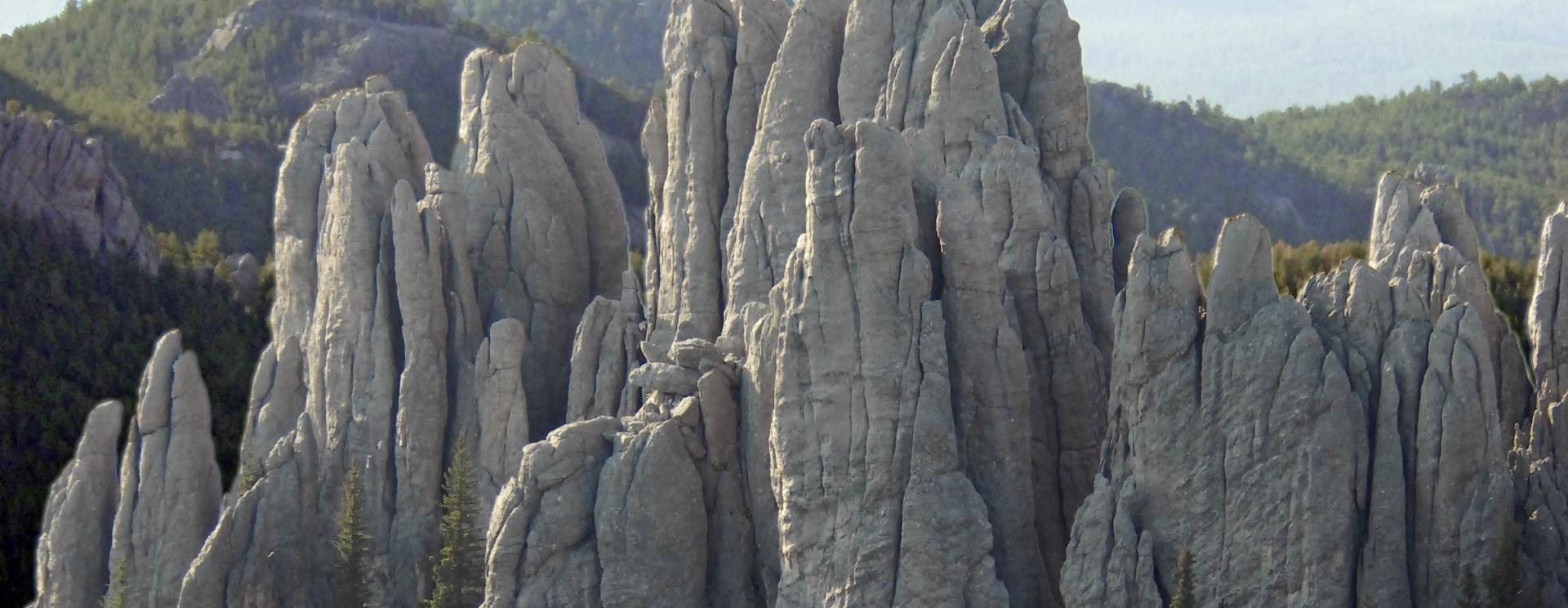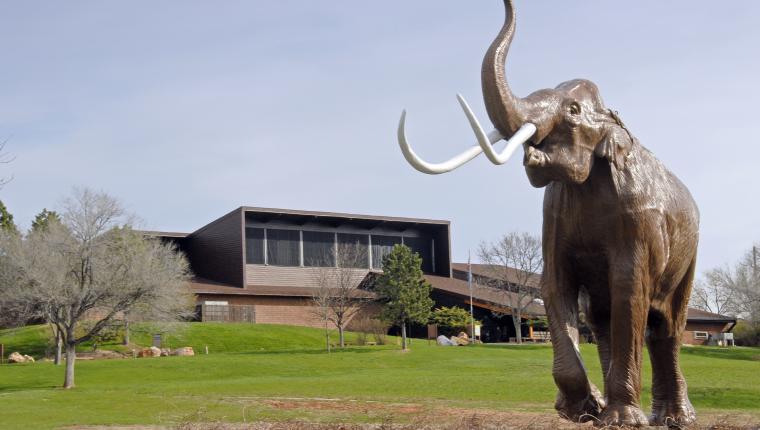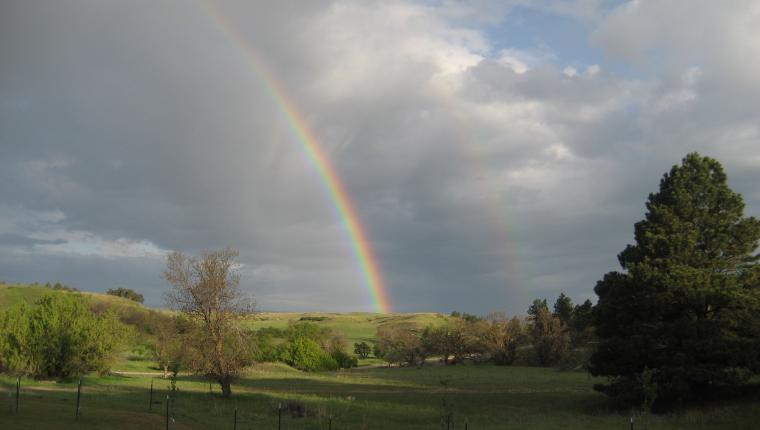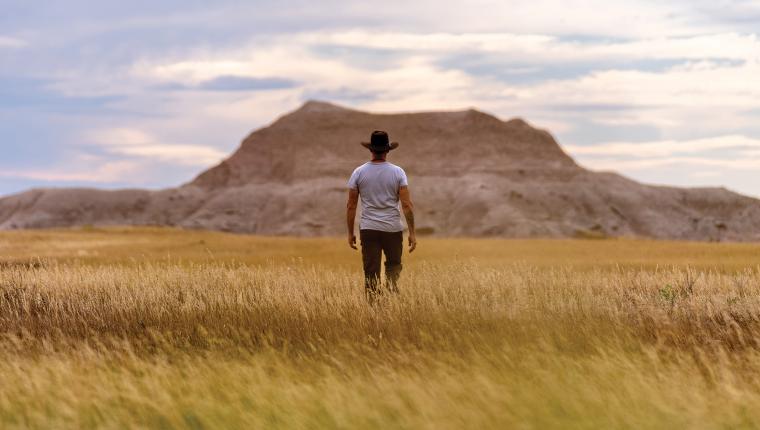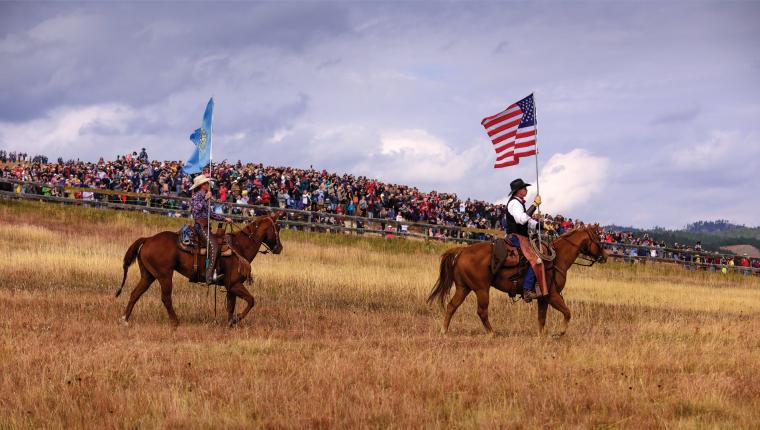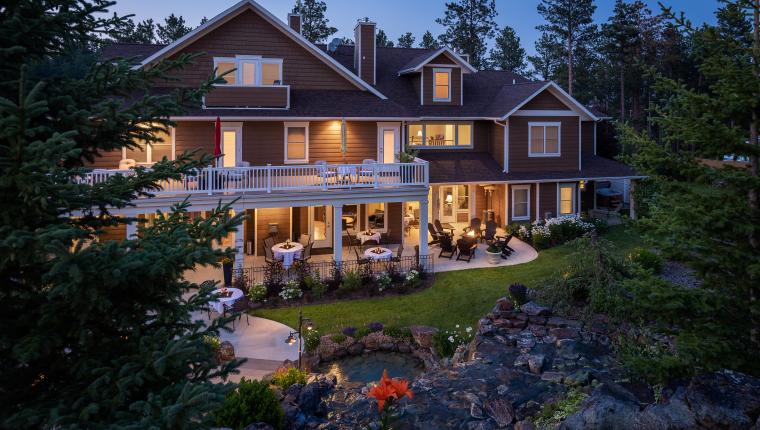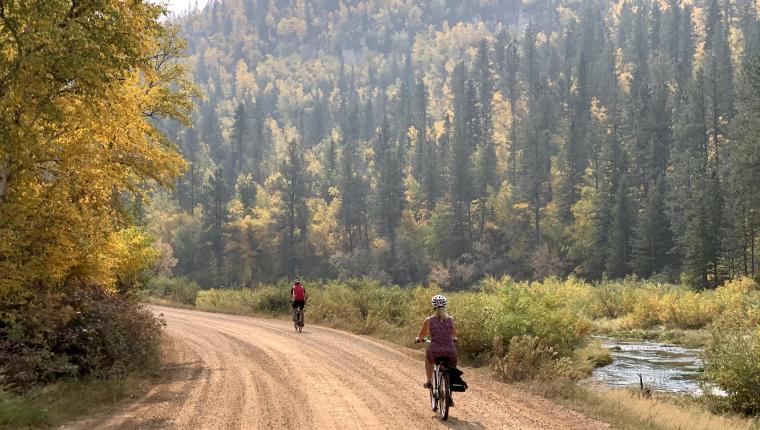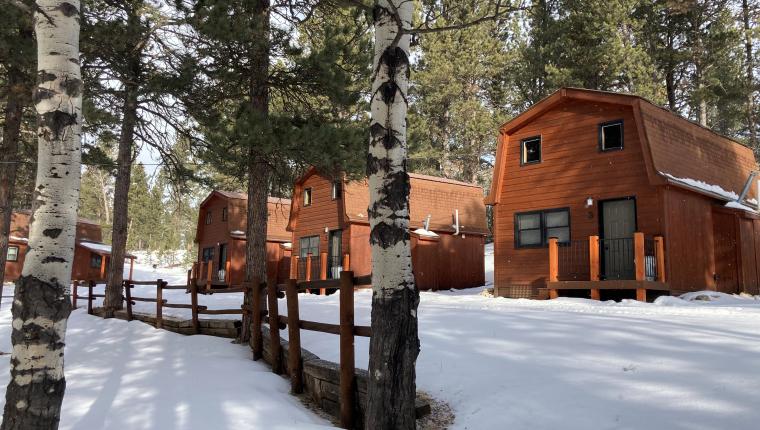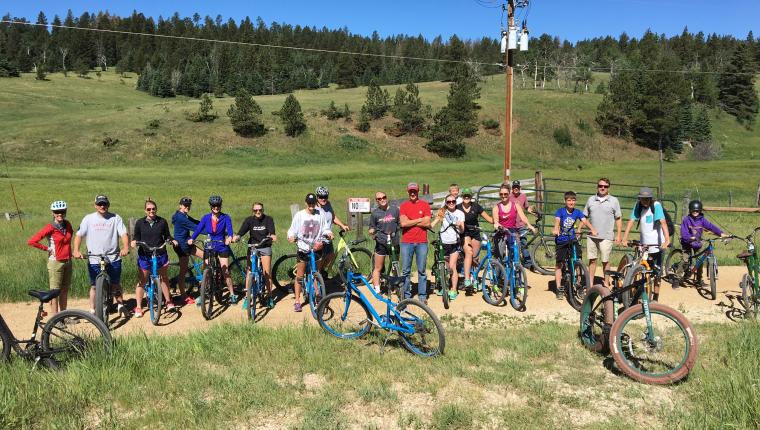While western South Dakota’s massive mountain memorials – Mount Rushmore and Crazy Horse Memorial® – as well as Wind Cave and Badlands National Parks, Jewel Cave National Monument and nearby Devils Tower National Monument, rightly command much of visitors’ attention, a handful of mostly hidden National Natural Landmarks present rare and unusual attractions worthy of a visit.
Nearly 600 National Natural Landmarks blanket the U.S. and American territories, ranging in size from less than 4 acres to more than 900,000 acres. Some are more well-known than others, including volcanic crater Diamond Head on the island of Oahu and the Rancho La Brea tar pits in Los Angeles.
Each protects unique examples of America’s natural heritage and remain the best examples of specific types of features in the nation and, sometimes, the world.
In total, South Dakota is home to 13 of these National Natural Landmarks, five of which are located in the western half of the state. Designated over a 15-year period between 1965 and 1980, the local landmarks represent a variety of natural features ranging from a rare example of joint-controlled weathering of granite to the largest concentration of wooly and Columbian mammoth remains discovered anywhere on the planet.

The Castles
Northern-most of these South Dakota natural landmarks are The Castles, a grouping of steep-walled, flat-topped buttes rising 200-400 feet above the surrounding prairie.
Located in Custer National Forest in Harding County and established in 1976 as a 940-acre reserve, The Castles’ origins date to the Upper Cretaceous, Paleocene, Oligocene, and Miocene Ages. Featuring tertiary beds containing a mix of flora and fauna fossils, the landmark, near Slim Buttes, is home to massive sandstone remnants that stem from a volcanic ash deposit and remarkably resemble the medieval castles of Europe.
According to the U.S. Forest Service, this natural wonder also serves as prime habitat for one of North America’s largest populations of Merlin Falcons.

Bear Butte
Dominating the skyline northeast of Sturgis rises Bear Butte, a cone-shaped mass of igneous rock that stands 1,300 feet above the surrounding grasslands. Illustrating the geologic processes of igneous intrusion, folding and faulting, and exposure to differential erosion over eons, Bear Butte stands alone on the eastern edge of the Black Hills.
Designated a National Natural Landmark in 1965, the 1,116-acre site also is home to Bear Butte State Park and remains a sacred site to several Plains Indian tribes. Visitors may hike to its summit for a commanding view that stretches to Wyoming and North Dakota. Interpretive exhibits at the park’s visitor center give visitors an opportunity to gain a better understanding of the butte’s geologic origins, continuing connection to Native Americans, and flora and fauna found in the region.

Cathedral Spires and Limber Pine Natural Area
If you’re looking for one of nature’s grandest houses of worship, look no farther than the Cathedral Spires and Limber Pine Natural Area, located within Custer State Park.
With finger-like granite spires that rise from the forest floor, the Cathedral Spires never fail to inspire and excite, as one of the premier and most visually stunning spots in the million-acre outdoor playground known as the Black Hills. An exceptional and rare example of joint-controlled weathering of granite, the 637-acre site established in 1976 also supports a disjunct relict stand of limber pine.
The Cathedral Spires are within the Needles, a vast expanse of eroded granite pillars, spires, and towers that are extremely popular with rock climbers and hikers in Custer County.
The Mammoth Site
One of the best-kept secrets in the Black Hills, The Mammoth Site on the western edge of Hot Springs is home to the largest concentration of wooly and Columbian mammoths unearthed anywhere in the world, all left in-situ while the digging continues.
Discovered in June 1974, by a heavy-equipment operator grading a hilltop site for a new housing development, who uncovered a 7-foot-long tusk, which shone white in the sunlight, the unlikely encounter led to work that continues today. In addition to more than 60 mammoths found to date, the site has yielded bones of numerous other vertebrates including the giant short-faced bear, camels, coyote, and rodents.
Owned and operated by a nonprofit organization, the 4-acre Mammoth Site has been described as home to “the most valuable fossil treasures known to mankind today.”
![[node:title]](/sites/default/files/styles/bhb40_1_column/public/photos/blog/2018/10/7005/snakebuttepcusnationalparkservice.jpg?itok=0RXCeuGT)
Photo Courtesy of the National Park Service
Snake Butte
As remote as The Castles, Snake Butte illustrates one of two types of sand calcite deposits found around the globe.
Located on a 4-acre site owned by the Oglala Sioux Tribe in Jackson County on the Pine Ridge Reservation, Snake Butte was designated a National Natural Landmark in 1967.
While many National Natural Landmarks are small, difficult to access and sometimes on private land, South Dakota’s landmarks offer a glimpse at the strange and unusual natural wonders found in the state. And, they offer visitors a chance to take the trail less traveled while exploring the unique attributes of this special slice of the world.
